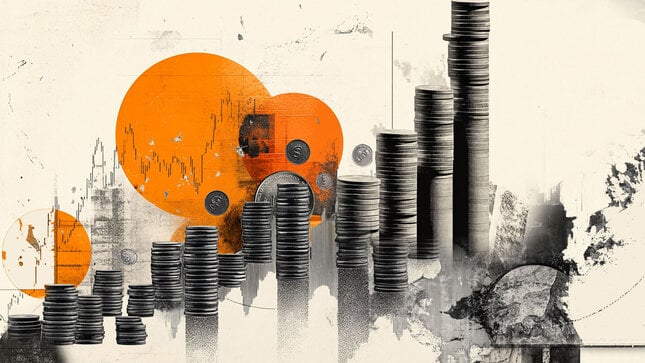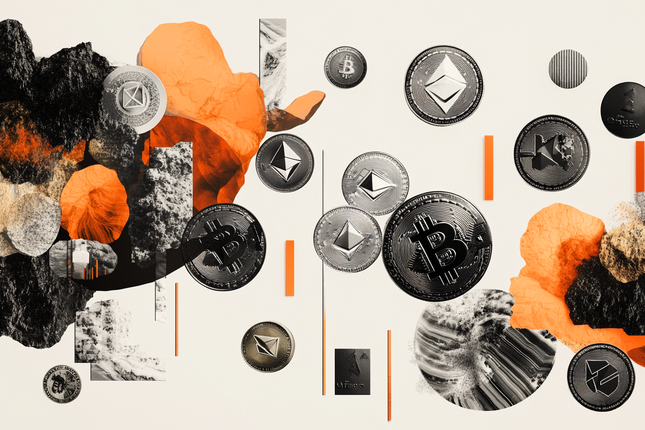FOMC Interest rate decision (Fed) | News & Analysis
US President Trump: Next Fed chair will believe in lower interest rates 'by a lot'
Speaking in a national address early Thursday, US President Donald Trump said the next chairman of the Federal Reserve (Fed) will be someone who believes in lower interest rates "by a lot."
Fed’s Bostic: Growth is solid, expects to see that continuing in 2026
Atlanta Federal Reserve (Fed) President Raphael Bostic said on Wednesday that GDP growth is solid and that he expects to see that continuing in 2026, while participating in a moderated discussion at the Gwinnett County Chamber of Commerce in Georgia.
FED Latest News
FED Latest Analysis
Related Content
Editors' Picks

Gold to challenge fresh record highs
Gold prices soared to $4,497 early on Monday, as persistent US Dollar weakness and thinned holiday trading exacerbated the bullish run. The bright metal eases following the release of an upbeat US Q3 GDP reading, as USD finds near-term demand in the American session.

EUR/USD eases from around 1.1800 after US GDP figures
The US Dollar is finding some near-term demand after the release of the US Q3 GDP. According to the report, the economy expanded at an annualized rate of 4.3% in the three months to September, well above the 3.3% forecast by market analysts.

Ten questions that matter going into 2026
2026 may be less about a neat “base case” and more about a regime shift—the market can reprice what matters most (growth, inflation, fiscal, geopolitics, concentration). The biggest trap is false comfort: the same trades can look defensive… right up until they become crowded.

GBP/USD retreats below 1.3500 on modest USD recovery
GBP/USD retreats from session highs and trades slightly below 1.3500 in the second half of the day on Tuesday. The US Dollar stages a rebound following the better-than-expected Q3 growth data, limiting the pair's upside ahead of the Christmas break.

Crypto Today: Bitcoin, Ethereum, XRP decline as risk-off sentiment escalates
Bitcoin remains under pressure, trading above the $87,000 support at the time of writing on Tuesday. Selling pressure has continued to weigh on the broader cryptocurrency market since Monday, triggering declines across altcoins, including Ethereum and Ripple.
Majors
Cryptocurrencies
Signatures
Big Picture
What's important about the Federal Reserve’s monetary policy meeting?
With a pre-set regularity, a nation's central bank holds a monetary policy meeting where board members take different measures, the most relevant one setting the range of the federal funds rate, which greatly influences the interest rate charge on loans and advances to commercial banks.
In the US, the Federal Open Market Committee (FOMC) of the Federal Reserve (Fed) meets at intervals of five to eight weeks to announce their latest decisions. An interest-rate hike increases borrowing costs throughout the economy. This results in a stronger US Dollar (USD) as it makes the US a more attractive place for international investors. A rate cut, on the other hand, tends to weaken the USD.
If rates remain unchanged, the attention, main news and analysis turn to the tone of the monetary policy statement and the press conference from the Fed’s Chair. Markets analyze whether the tone is hawkish or dovish over future developments of inflation.
What is the Fed?
The Federal Reserve (Fed) is the central bank of the United States (US) and it has two main targets: to maintain the unemployment rate at its lowest possible levels and to keep inflation around 2%. The Federal Reserve System's structure is composed of the presidentially appointed Board of Governors and the partially appointed Federal Open Market Committee (FOMC). The FOMC organizes eight scheduled meetings in a year to review economic and financial conditions. It also determines the appropriate stance of monetary policy and assesses the risks to its long-run goals of price stability and sustainable economic growth. The FOMC Minutes, which are released by the Board of Governors of the Federal Reserve weeks after the latest meeting, are a guide to the future US interest-rate policy.
Fed official website, on X and Facebook
How to trade the event?
- Do not rely on the Fed to determine the direction of the dollar in the coming months.
- The dollar tends to follow its predominant trend when the Fed starts to hike rates.
- There is no direct link between the Fed hiking rates and the usd falling. When a weak usd has coincided with a Fed hiking cycle, it has been falling for some time.
- Due to this, we may see a muted reaction to a potential Fed rate hike.
WHO IS FOMC'S CHAIRMAN?
Jerome Powell
 Jerome Powell took office as chairman of the Board of Governors of the Federal Reserve System in February 2018, for a four-year term ending in February 2022. His term as a member of the Board of Governors will expire January 31, 2028. Born in Washington D.C., he received a bachelor’s degree in politics from Princeton University in 1975 and earned a law degree from Georgetown University in 1979. Powell served as an assistant secretary and as undersecretary of the Treasury under President George H.W. Bush. He also worked as a lawyer and investment banker in New York City. From 1997 through 2005, Powell was a partner at The Carlyle Group.
Jerome Powell took office as chairman of the Board of Governors of the Federal Reserve System in February 2018, for a four-year term ending in February 2022. His term as a member of the Board of Governors will expire January 31, 2028. Born in Washington D.C., he received a bachelor’s degree in politics from Princeton University in 1975 and earned a law degree from Georgetown University in 1979. Powell served as an assistant secretary and as undersecretary of the Treasury under President George H.W. Bush. He also worked as a lawyer and investment banker in New York City. From 1997 through 2005, Powell was a partner at The Carlyle Group.
Jerome Powell Fed's Profile and Wikipedia
The World Interest Rates Table
The World Interest Rates Table reflects the current interest rates of the main countries around the world, set by their respective Central Banks. Rates typically reflect the health of individual economies, as in a perfect scenario, Central Banks tend to rise rates when the economy is growing and therefore instigate inflation.
